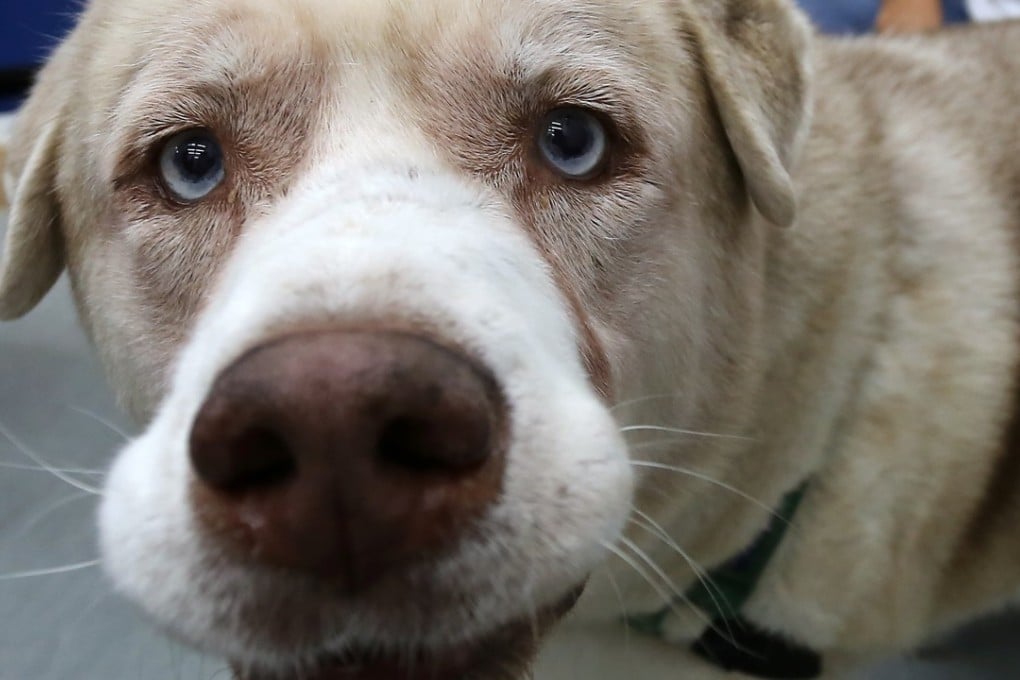Reflections | How ‘Chinese dogs’ became the accepted term for mongrels
The author is baffled by the use of words such as tong gau (Chinese dogs) and tong lau (Chinese buildings) to denote mixed-breed dogs and old tenements

I recently came across an advertisement in an MTR station that encouraged the adoption of mongrels. That’s a great idea. Shouldn’t our revulsion against racial discrimination among human beings be extended to the animal kingdom? Why should people favour purebreds over mongrels, which, incidentally, are often healthier because of gene mixing and less prone to diseases associated with inbreeding?
I wonder when and how the phrase tong gau was coined. At a time when mongrels were considered undesirable and unattractive (sadly, they still are), the use of the adjective “Chinese” (tong) to denote dogs that exhibit these traits is interesting.
A similar use of the word “Chinese” is also seen in the phrase tong lau, or “Chinese buildings”, which usually refers to old walk-up buildings bereft of first-world standards of maintenance.

